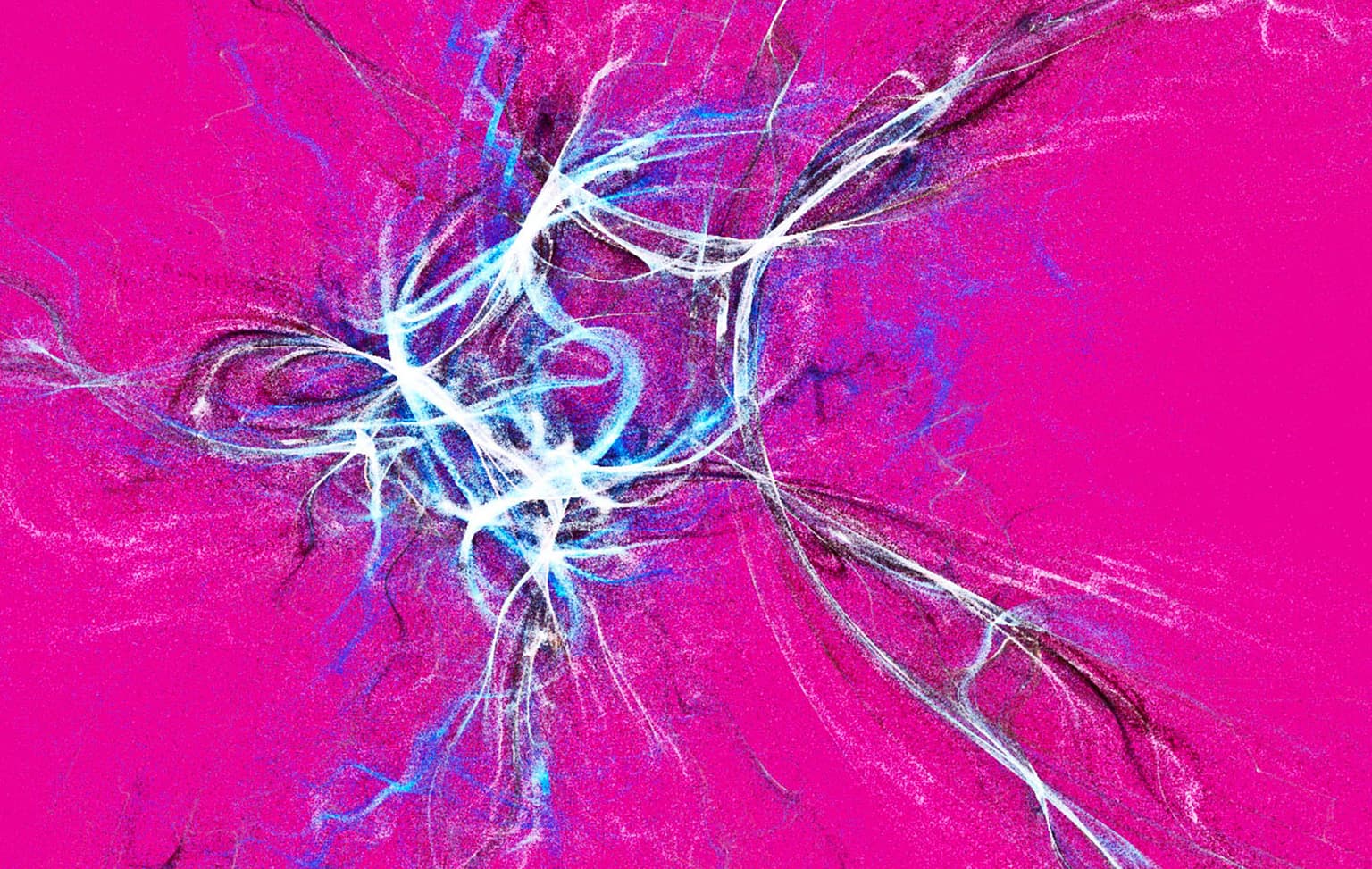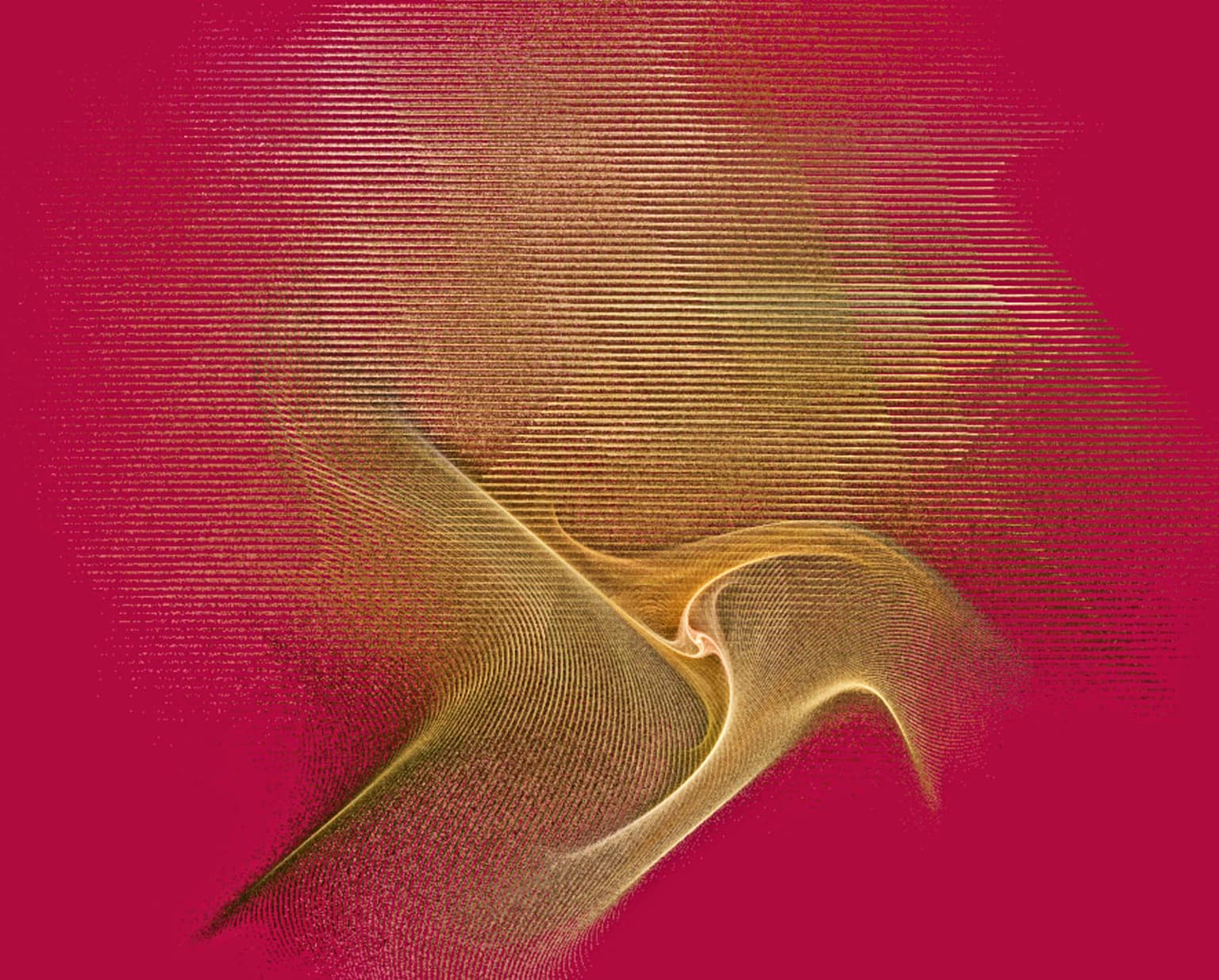Adam Zynger
Artists
Statement
As an artist and editor of Artists Equity Newsletter, I have published years ago an article on Art and Science, which introduced local art community to the interrelatedness of these two disciplines. My computer-generated fractal art is based on fractal geometry for which I am indebted to Benoit Mandelbrot, the Master of Roughness and Complexity, and many other mathematicians and programmers, who lured me into the exuberance of its iterative language. I attempted to provide a link between fractal visual expressions and a plausible reality. The new discoveries of the gravitational waves and recent scape shots from the space station, lend themselves perfectly to the fractal simulation.
Artworks

Colliding Galaxies
40 x 50 cm
ink jet print
2016
Colliding Galaxies –– inspired by the astronomical discoveries and the ability of math equations to generate a parallel image as demonstrated by the use of fractal applications. Whether it’s an image of a stellar flare or colliding galaxies with new stars being born, or the gravitational waves, it illustrates the mathematical predictability of natural phenomena. The jagged strings of intertwined knots with mutually nullifying gravitational fields are often referred to as galactic cannibalism. To be admired from the artist’s point of view is how a math equation can lead to such a rough and ”undone” complexity bringing to mind Jackson Pollock’s splashes with very painterly and gestural effects, and a sketchy appearance of a free bush stroke.

Gravitational Pull
40 x 50 cm
ink jet print
2016
Gravitational pull is an analogue of space-time distortion with a vortex replacing the rectilinear coordinates. Not to be missed is the fine golden pattern of undulating and parallel lines gracefully yet forcefully converging into an inevitably overwhelming jam of a vortex, while the periphery softly dissipates into a purple background.